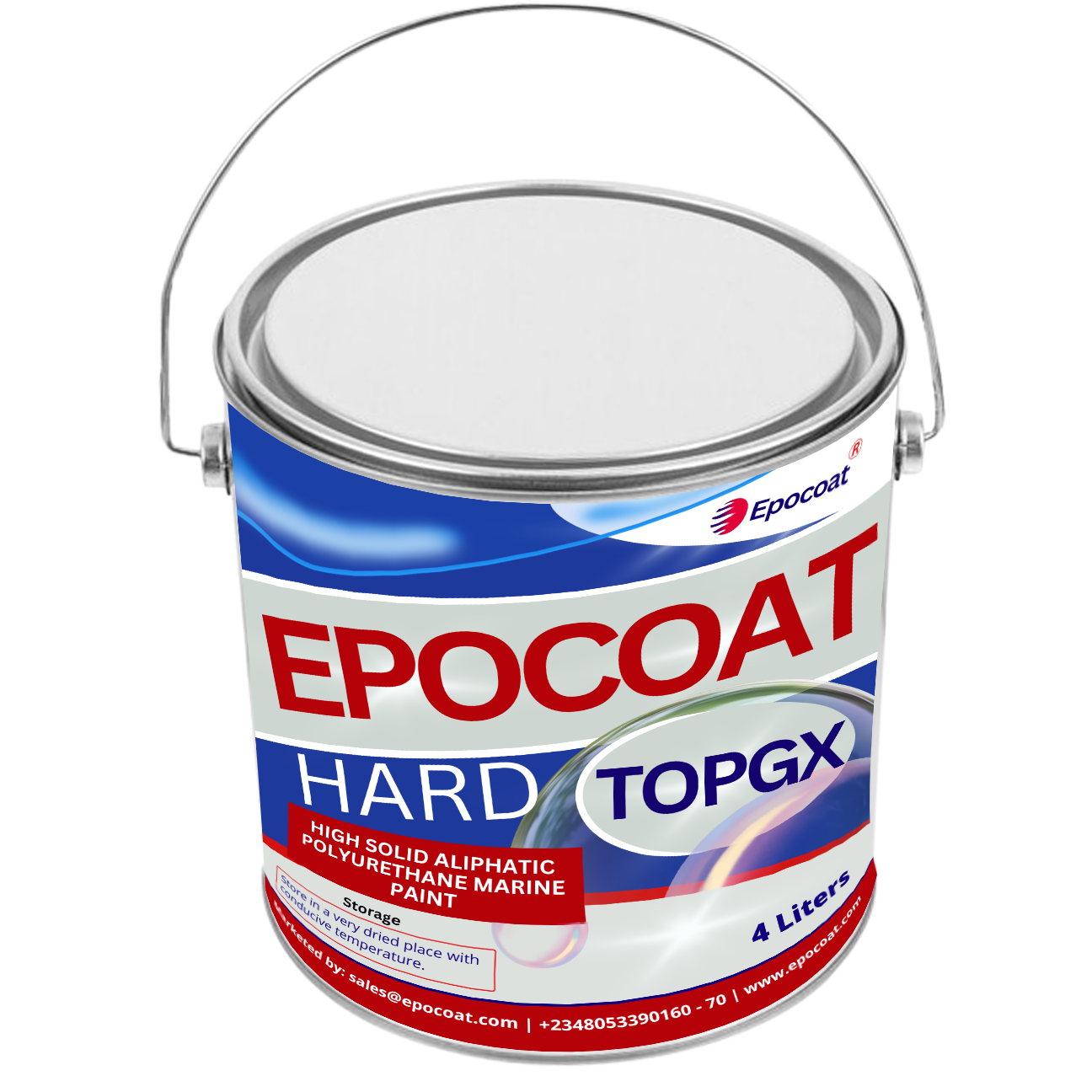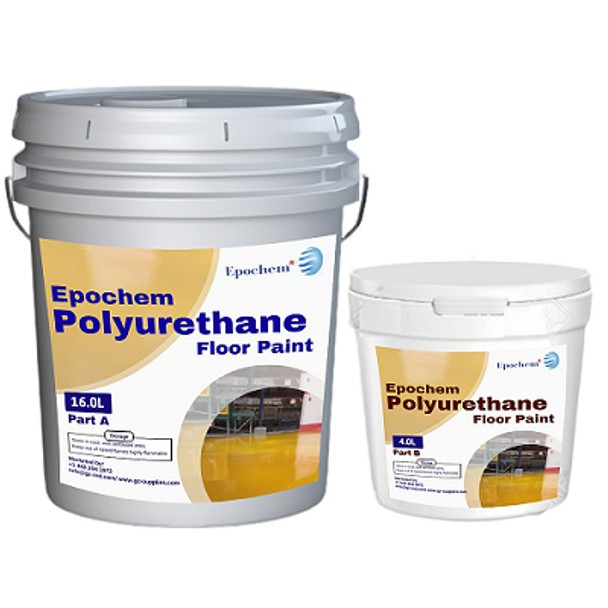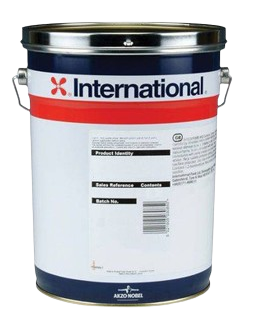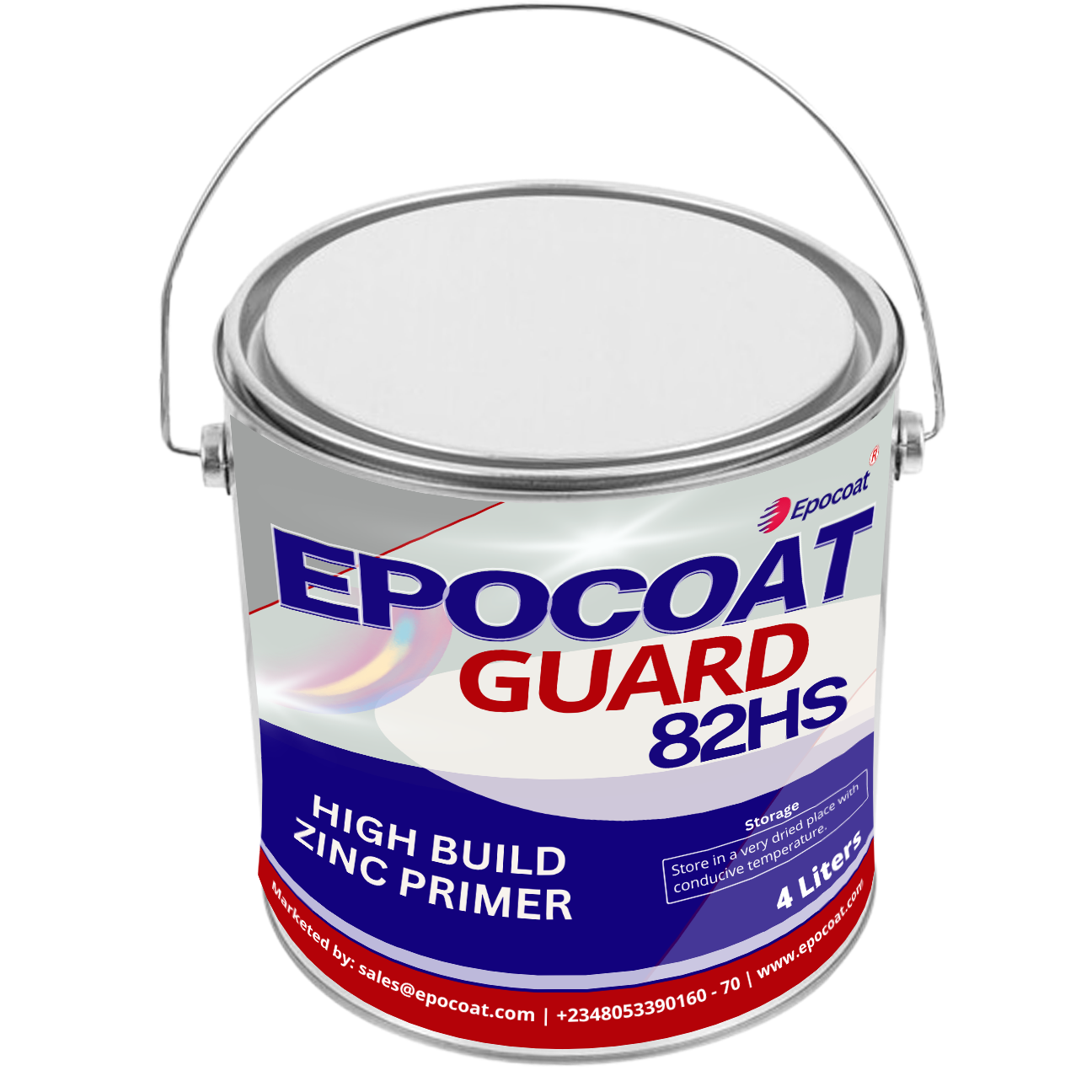Exterior Painting 101: Techniques, Materials, and Considerations
Key Takeaways
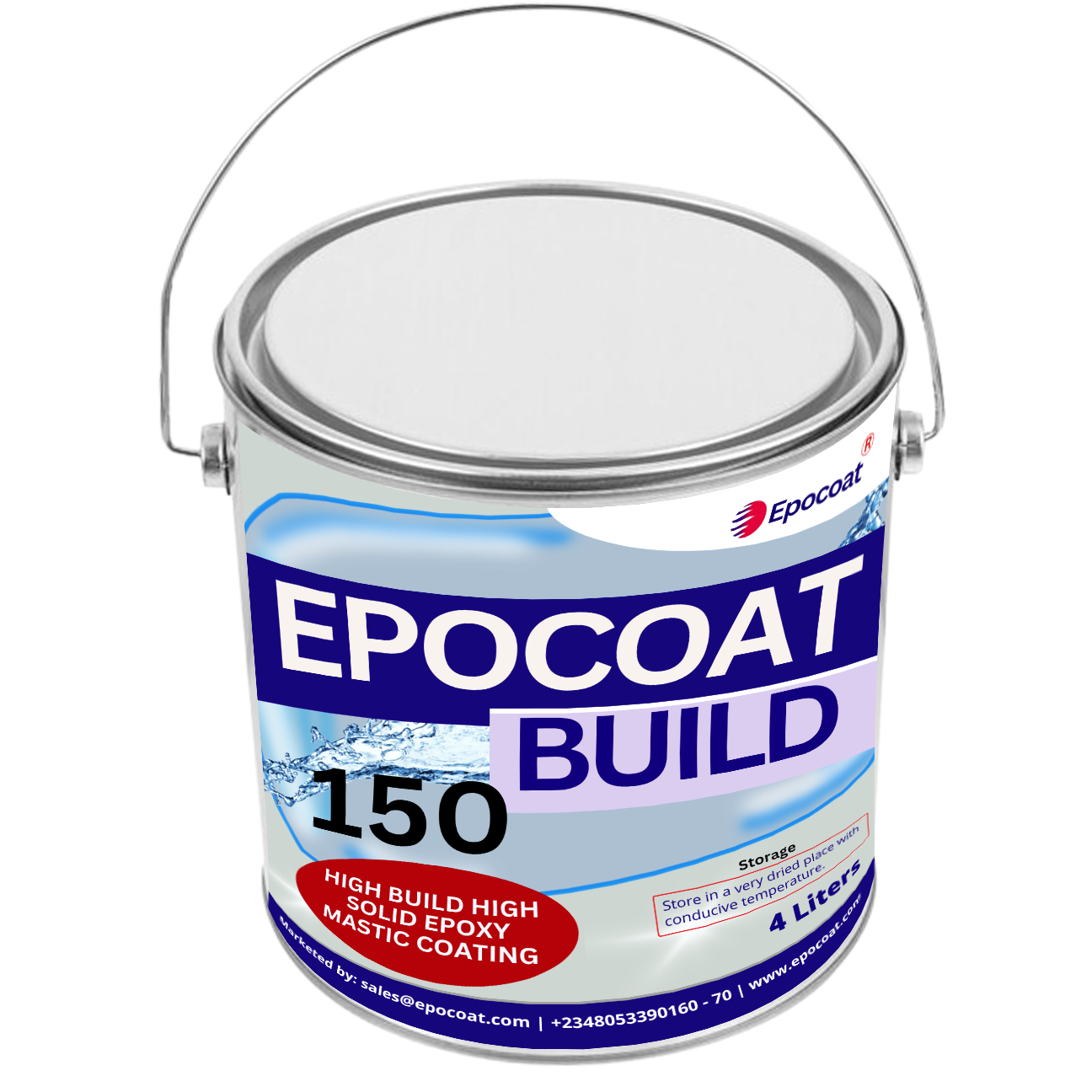
Introduction
Exterior painting plays a crucial role in both industrial and domestic settings. A well-executed exterior paint job not only boosts aesthetic value but also provides essential protection against harsh environmental factors, such as moisture, UV rays, and fluctuating temperatures. However, achieving a durable and professional finish requires more than just selecting a paint color. It involves understanding the right techniques, materials, and considerations specific to the surfaces and environments you're working with.
The choice of coating is crucial, considering factors such as durability, weather resistance, aesthetic appeal, and environmental impact. Options range from traditional paints to advanced coatings like epoxy and polyurethane. Application methods vary based on surface type, coating viscosity, and desired finish, with techniques including brushing, rolling, and spraying. Ensuring proper ventilation, protective gear, and adherence to safety guidelines are vital for a successful and safe coating process.
In this comprehensive guide, we'll delve into the critical aspects of exterior painting, offering insights that cater to both industrial and residential applications, ensuring your project is both visually appealing and resilient.
Importance of Exterior Painting
Exterior painting is more than just an aesthetic upgrade; it plays a crucial role in protecting your home from the elements. A well-applied coat of paint shields the exterior from harsh weather conditions, including rain, sun, and wind, which can cause significant wear and tear over time. Additionally, exterior painting enhances your home’s curb appeal, making it more attractive and potentially increasing its market value.
Preparing for an Exterior Paint Job
Assessing the Condition of Your Exterior
Before you start painting, it’s vital to thoroughly inspect your home’s exterior. Look for signs of damage, such as cracks, peeling paint, mold, and mildew. Addressing these issues before painting is essential to ensure a smooth and durable finish. Repairing damaged areas, cleaning mold, and scraping off old paint are necessary steps in the preparation process.
Surface Preparation
Surface preparation is key to achieving a professional-looking paint job. Begin by cleaning the exterior surfaces using a pressure washer or scrub brush to remove dirt, grime, and loose paint. Sanding and scraping are also crucial to remove any remaining peeling paint and smooth out rough spots. If there are cracks or holes, use filler or caulk to repair them before painting.
Choosing the Right Time to Paint
Timing is everything when it comes to exterior painting. Painting in the right weather conditions is essential for optimal results. The best time to paint is during mild, dry weather, ideally in the spring or fall. Avoid painting during extreme temperatures or when rain is expected, as this can affect the paint’s adhesion and drying time.
Selecting the Right Materials
Types of Exterior Paint
Choosing the right type of paint is critical for durability and appearance. Latex paints are a popular choice for exterior projects due to their flexibility, quick drying time, and ease of cleanup. They are resistant to cracking and provide excellent color retention. Oil-based paints, on the other hand, offer a smoother finish and better adhesion to certain surfaces but require longer drying times and more cleanup effort. Additionally, specialty paints, such as mildew-resistant or UV-resistant options, are available for specific needs.
Primer Selection
Priming is a crucial step that shouldn’t be overlooked. A primer acts as a base coat, enhancing the adhesion of the paint to the surface and improving the paint’s durability. It also helps to cover stains, old paint, and imperfections. Choose a primer that is compatible with your chosen paint type, and apply it evenly across the surface before painting.
Tools and Equipment
The right tools make all the difference in the quality of your paint job. Essential tools include high-quality brushes and rollers, which are necessary for applying paint smoothly and evenly. For larger areas, consider using a paint sprayer for quicker coverage. Don’t forget protective gear, such as gloves, masks, and drop cloths, to keep yourself and your surroundings safe from paint splatters.
Choosing Paint Colors
Selecting the right color for your exterior is both exciting and challenging. Consider the style of your home, the surrounding environment, and the overall look you want to achieve. It’s also wise to test a few samples on your exterior walls to see how they look in different lighting conditions before making a final decision.
Techniques for Exterior Painting
Brushing, Rolling, and Spraying Techniques
Different application techniques offer varying results. Brushing is ideal for detailed work and smaller areas, while rolling is suitable for larger, flat surfaces. Spraying can cover large areas quickly and provide a smooth, even finish but requires more skill to avoid overspray and ensure uniform coverage.
Applying Primer and Paint
Once the surface is prepared and the primer is applied, it’s time to paint. Start by applying a thin, even coat of paint using your chosen method—brush, roller, or sprayer. Work in small sections, overlapping each stroke to avoid streaks and ensure even coverage. Allow sufficient drying time between coats, usually 4-6 hours, depending on the paint type and environmental conditions.
Dealing with Edges, Corners, and Trim
Painting edges, corners, and trim requires precision and patience. Start by cutting in around these areas with a brush, carefully applying paint to avoid drips and uneven lines. For trim, use a smaller brush to ensure you reach all crevices and maintain a consistent finish. Take your time with these areas, as they are often the most noticeable and can greatly impact the overall appearance.
Layering and Finishing
Applying multiple coats is often necessary to achieve the desired color depth and durability. After the first coat is dry, lightly sand the surface to remove any imperfections before applying the next coat. This process ensures a smooth, professional finish. Depending on the paint type and the surface, you may need two or three coats to achieve full coverage. Once the final coat is applied, allow it to dry completely before exposing the surface to weather conditions.
Special Considerations for Exterior Painting
Painting Different Surfaces (Wood, Brick, Stucco, etc.)
Each surface type requires a unique approach to painting.
- Wood: Wood surfaces need to be sanded thoroughly to create a smooth base for painting. They may also require a wood-specific primer to prevent the paint from soaking in unevenly.
- Brick: Brick surfaces are porous and require a high-quality masonry primer before applying paint. Using a roller designed for textured surfaces can help achieve an even coat.
- Stucco: Stucco’s rough texture demands a thick, elastomeric paint that can stretch and fill cracks. Applying this paint with a roller designed for rough surfaces ensures even coverage.
Understanding the specific needs of each surface will help you select the appropriate materials and techniques, ensuring a lasting finish.
Handling Extreme Weather Conditions
Painting in extreme weather conditions presents several challenges. High temperatures can cause the paint to dry too quickly, leading to uneven brush strokes and lap marks. Cold weather, on the other hand, can extend drying times and affect the paint’s ability to adhere properly. Additionally, humidity can cause issues like bubbling or blistering. To mitigate these risks, always check the weather forecast and plan your painting project for days with mild, dry conditions.
Addressing Common Exterior Painting Problems
Even with careful preparation and execution, problems can still arise during an exterior painting project.
- Blistering: Often caused by painting in direct sunlight or on a damp surface, blistering can be avoided by following proper surface preparation and painting in the shade.
- Cracking: Cracking can occur if the paint is applied too thickly or if the surface wasn’t properly primed. Applying thin, even coats and allowing adequate drying time can help prevent this issue.
- Fading: Over time, UV exposure can cause paint colors to fade. Choosing high-quality, UV-resistant paint can help maintain color vibrancy.
Understanding these common issues and how to prevent them will help ensure a successful and long-lasting exterior paint job.
Post-Painting Care and Maintenance
Cleaning Up After Painting
Once the painting is complete, proper clean-up is essential. Clean your brushes, rollers, and any other tools immediately after use to prevent the paint from hardening on them. Use appropriate cleaning agents—water for latex paints and paint thinner for oil-based paints. Properly dispose of any leftover paint and materials in accordance with local regulations.
Regular Maintenance Tips
To extend the life of your exterior paint job, regular maintenance is crucial. Inspect your exterior annually for signs of wear, such as peeling or fading, and address any issues promptly. Washing your exterior with a gentle cleaner once a year can also help remove dirt and mildew, keeping the paint looking fresh.
When to Repaint
Knowing when to repaint can save you from more extensive repairs down the line. Most exterior paints last between 5 to 10 years, depending on the quality of the paint, the surface, and the environmental conditions. Look for signs like chalking, cracking, or significant fading as indicators that it’s time to repaint.
Frequently Asked Questions
1. How do I choose the right paint color for my home's exterior?
Consider your home’s architectural style, the surrounding environment, and personal preferences. Testing a few samples in different lighting conditions can help you make the best decision.
2. Can I paint over old exterior paint?
Yes, but proper surface preparation is essential. Scrape off any loose paint, sand the surface smooth, and apply a primer before painting.
3. What is the best time of year to paint the exterior of my home?
The best time to paint is during mild, dry weather, typically in the spring or fall. Avoid extreme temperatures and rainy conditions for the best results.
4. How many coats of paint should I apply?
Generally, two coats of paint are recommended for a durable and even finish. Some surfaces may require a third coat, depending on the paint color and surface condition.
5. How long does exterior paint take to dry?
Exterior paint typically dries to the touch within 4-6 hours, but it’s best to wait 24-48 hours for full curing before exposing it to heavy rain or extreme temperatures.
Related Articles
Step-by-step guides on applying various types of marine paint
10 Essential Tips for Choosing the Right Marine Paint for Your Boat
Marine coating and painting services in Nigeria
Conclusion
Exterior painting is a critical aspect of home maintenance that not only enhances curb appeal but also protects your property from the elements. By following proper preparation techniques, selecting the right materials, and applying paint with care, you can achieve a beautiful, durable finish.
If you’re ready to transform your home’s exterior, now is the time to start planning your project. With the right knowledge and tools, you can achieve professional results that will last for years.
For all your exterior painting needs, Contact us, we offer a wide range of high-quality paints, primers, tools, and accessories to help you get the job done right. Shop now and take the first step toward a beautifully painted home.



